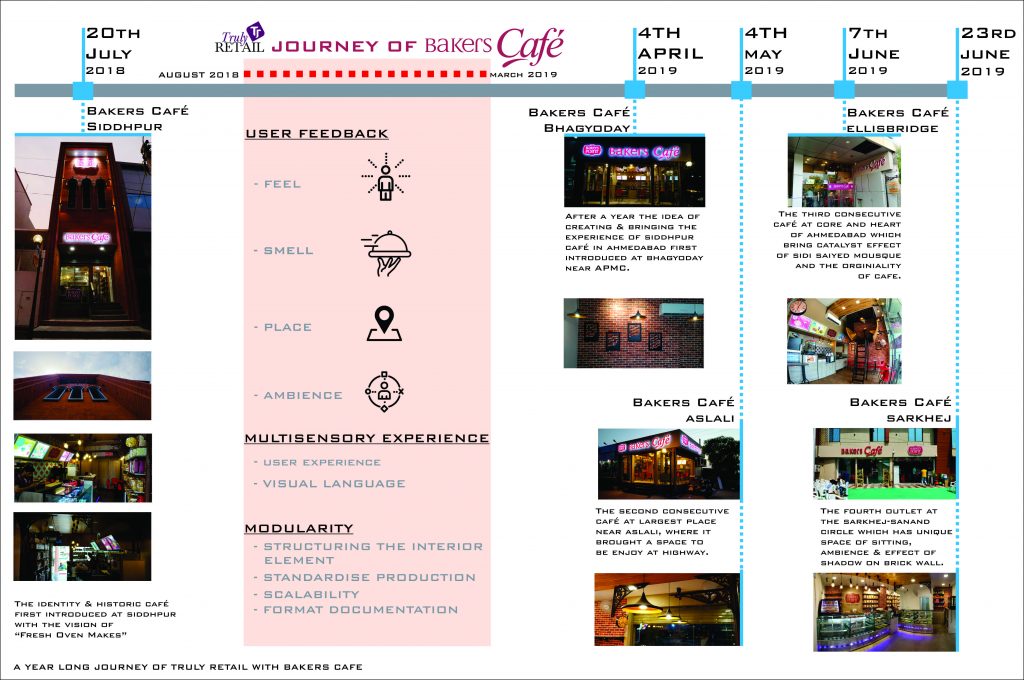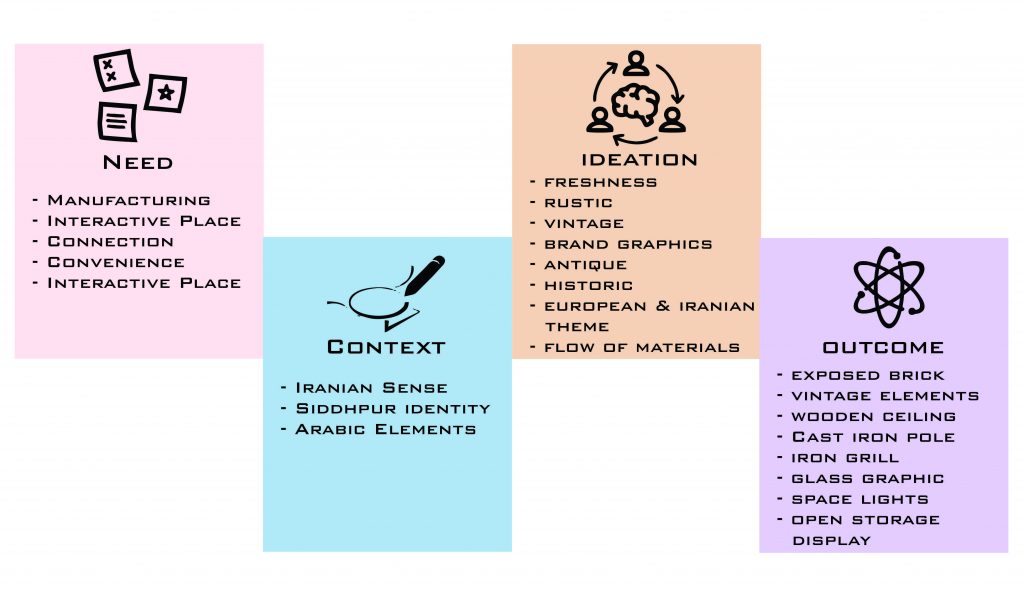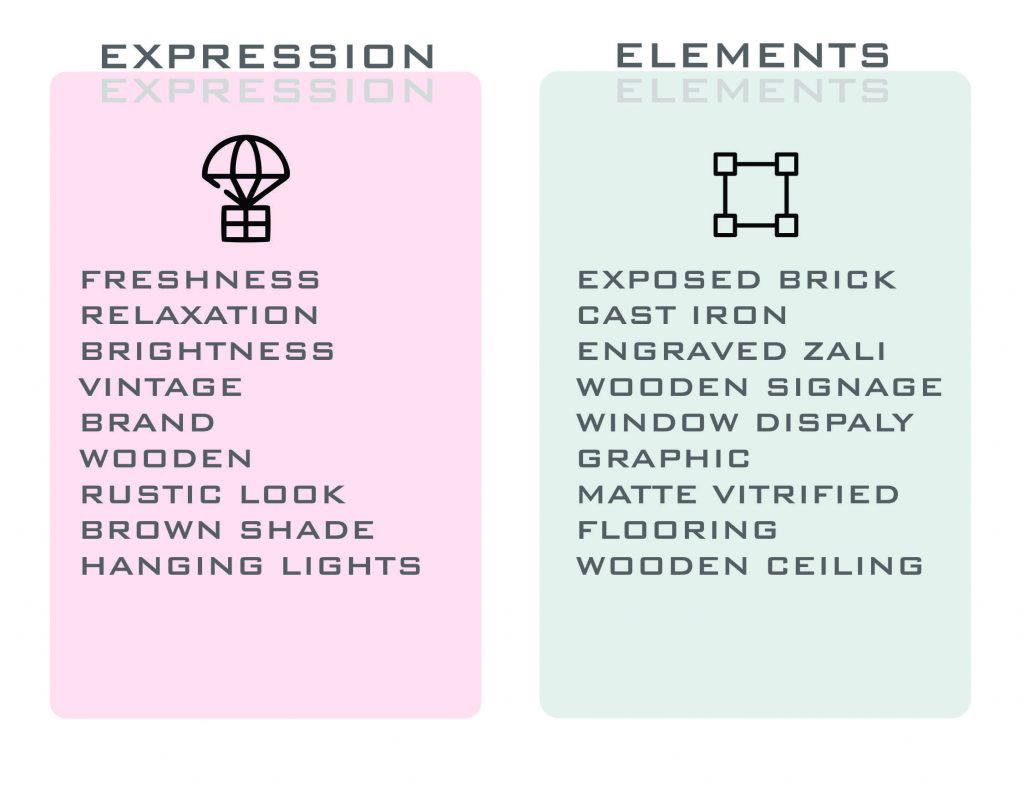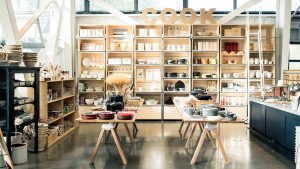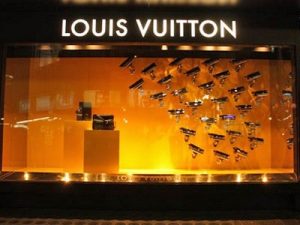Shadab Alam
The deliverance of commodities from a supply chain to the buyers is a primary function of a retailer. Which can be successfully achieved by creating a value in delivering a unique customer experience. How customer will experience the product or the merchandise is determined by how the store design will guide them to interact with it. So, the store design has to have the direct reflection of the brand which will also plays an important role in staying in competition with the E-Commerce trend.
CHALLENGE –
- HOW THE STORE WILL STAND OUT FROM THE COMPETITORS.
- HOW TO CREATE CONVENIENCE AND EXPERIENCE TO ENCOURAGE THE CUSTOMERS TO COME INTO THE STORE.
- VISUAL MERCHANDISING STRATEGY.
It is the core retail strategy, it how the store speaks, it is the way how the store communicates with the customers, through its visual graphics and presentation if the merchandise. Visual merchandise is everything which helps to create a unique customer experience such as a designed entrance, strategically placed the furniture, fixture, promotional graphics and product display combine with the store layout to influence on customer behavior and make the customer’s journey efficient, unique and memorable.
It could be the second most important strategy of retail store design, customers also respond to where products are placed. A zoning strategy combines visual merchandising with your store layout design to highlight high-value products or the products you want featured. Creating zones using creative furniture layout, merchandise displays, and instructional signage develops semi-separate areas. The product displays should act as speed breaker to keep the customer in the zone and slow them from leaving the area. More time the customer spend in the store, more product they will see and
Proper lighting is more than just making sure the customer can see and interact with the merchandise. When done well, light can help structure and influence the customer’s mood while shopping. Store design should include such lighting solutions to highlight or focus specific areas of the store to draw in customer’s attention and create an environment that works in sync with the retail brand and the merchandise offered.
Signage serve multiple purposes for retailers. They are the graphic representation of the retailer’s brand and merchandise and at the same time signage also provides the product information for specific merchandise, help customers navigate the store layout efficiently, and create the desired price perception. From a strictly visual perspective, it’s key to have clear readable signage from the outside that leads customers in the store. From there, the journey of customer will start.
Along with the store layout design, displays set the stage for the customer’s overall experience while roaming around the store. In general, displays come in all shapes and sizes, which includes tables, racks, or gondolas.Selection of the type and placement of displays plays a crucial role in the overall retail design. The strategic placement of display, space management and store design lead the influence on customer flow and in store environment.
Windows welcome customers from the outside and draw them into the store where layout design and the various elements of visual merchandising go to work. The window display requires careful attention to lighting, size of display units, type of merchandise featured, and signage. Because the customer has yet to enter the store, a window display must combine all of the visual merchandising elements to successfully pick the customer’s interest and promote the store’s brand.
Read More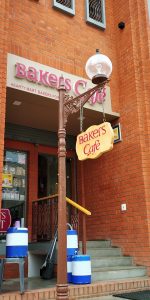 The first element is the identity of bakers café, created through the cast iron pole which gives a look of vintage. It also have wooden bakers café signage hunged with the pole.
The first element is the identity of bakers café, created through the cast iron pole which gives a look of vintage. It also have wooden bakers café signage hunged with the pole.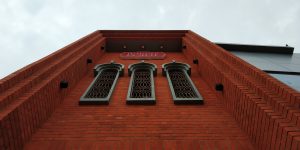
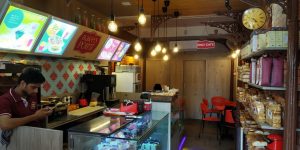 The vintage orange light creates an aura of café with the combination of the bakers café element.
The vintage orange light creates an aura of café with the combination of the bakers café element.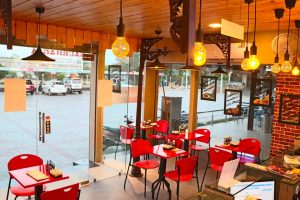 Sitting arrangement is always the space where interaction is there. To have an aura of light and perfect wall it gives space to enjoy the café food.
Sitting arrangement is always the space where interaction is there. To have an aura of light and perfect wall it gives space to enjoy the café food.
